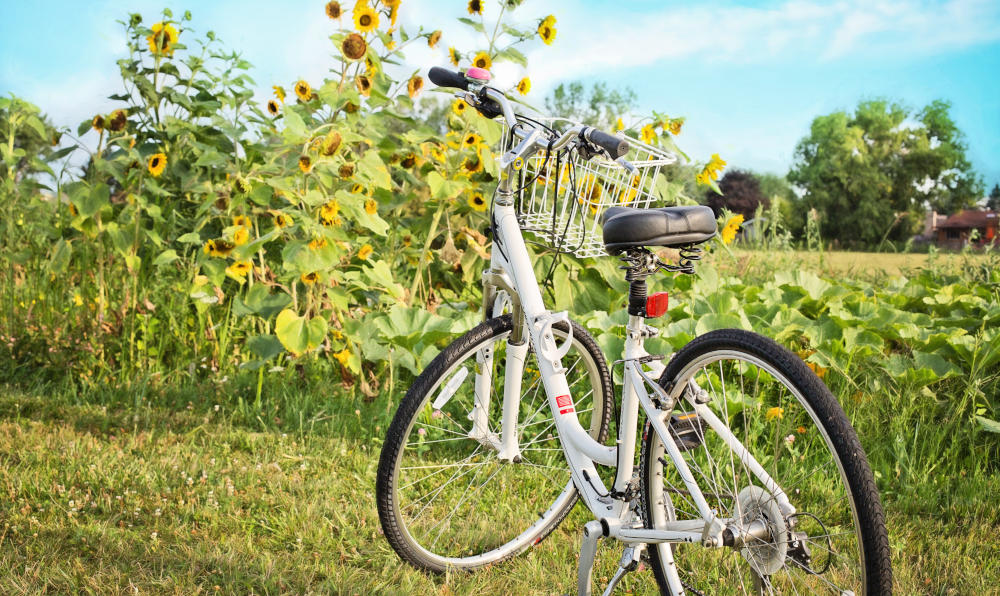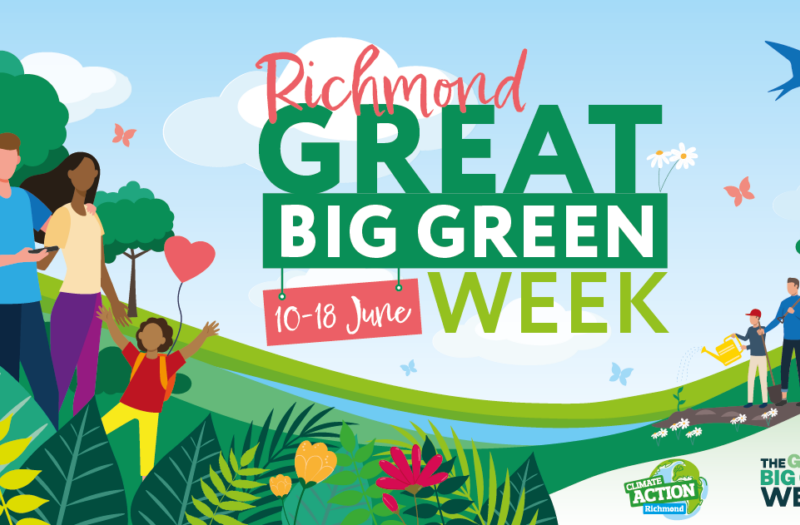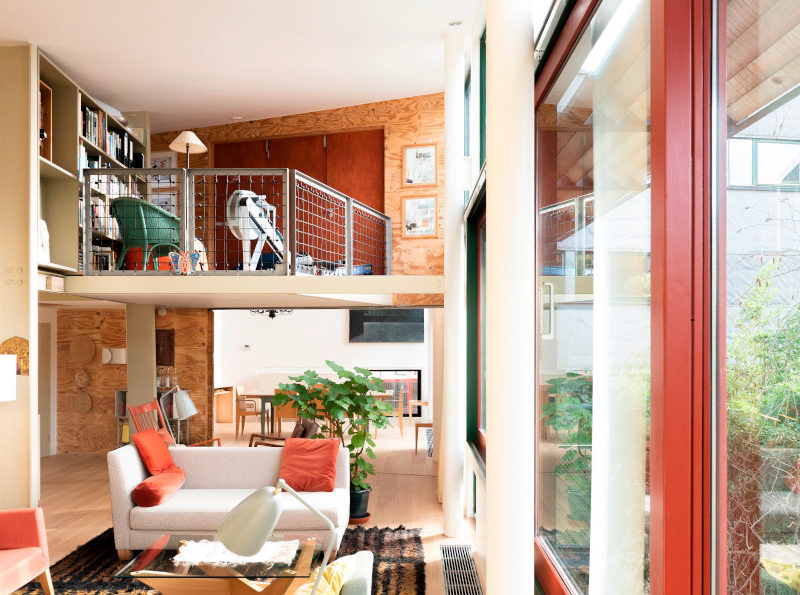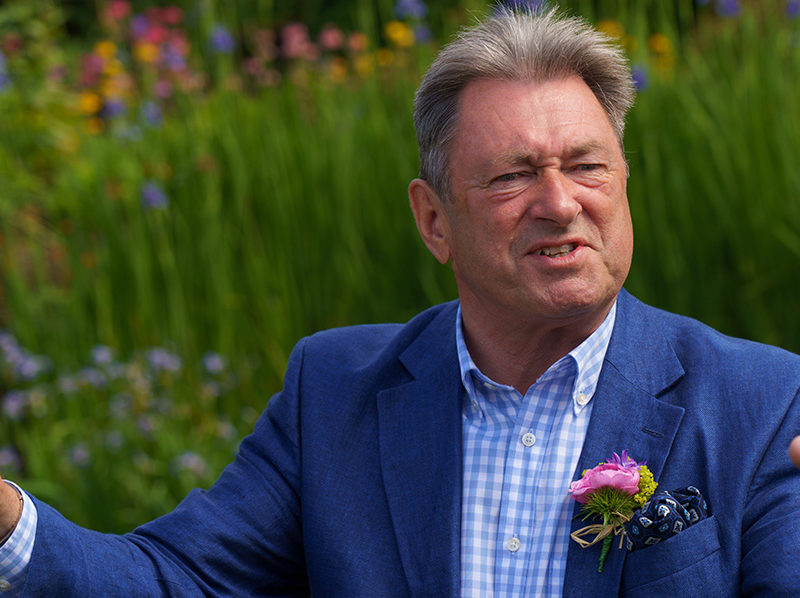
A green and sustainable recovery
A green and sustainable recovery
Jenny Booth on the local initiatives helping communities grow back greener after the pandemic
Jemima Hartshorn has never seen such an improvement in London’s air quality as during the first Covid lockdown. “People got in touch, and said, ‘I never realised it before but my migraines must have been caused by air pollution because I don’t have them any more’,” said Jemima, the founder of the Mums for Lungs air quality action group in Clapham and Brixton, which campaigns on the health dangers of greenhouse gas (GHG) emissions and particulates, particularly from diesel and petrol engines. School Street schemes, where the road outside a school shuts to vehicle traffic for an hour at arrival and going home time, have expanded across south west London and Surrey allowing families to reach school safely.
Now, however, Jemima is worried that the gains could be wiped out if people fall back into their old, polluting behaviours. “That fall in air pollution hasn’t been sustained in recent months,” she worries. “There is a real concern now that, especially in the outer London boroughs, driving will actually go up. After the lockdown measures are lifted, people are likely to be much less willing to go on public transport.” Cleaner air and emptier roads have been small but important compensations for the hardship and tragedy of Covid, the results of changes in behaviour we have all had to get used to during the pandemic.
We have been shown a glimpse of a greener way to live. Many of our new habits have had positive impacts on the UK’s battle with climate change; but they need to become embedded if we are to meet the government’s ambitious target to reduce the UK’s net emissions of greenhouse gases to zero by 2050. According to the independent Climate Change Committee (CCC) which advises the UK government, 95% of the reduction in emissions must come from each of us, individually, changing our behaviour.
“For a truly sustainable recovery we all need to change our behaviours to be more green,” says Diana Sterck, interim CEO of the action group Sustainable Merton.
Travel: a new approach
Take surface transport, for example, which produces 20% of our GHG emissions, hurting our health and fuelling climate change; these emissions need to fall by 70% by 2035 to meet the net zero target. How to achieve this as the economy recovers? Covid forced large numbers of us to work from home, dramatically cutting commuter traffic and business trips. Continuing to work flexibly and from home, and to hold business meetings by video call rather than in person, will be important to keeping emissions down. So will continuing to use home delivery services rather than taking to the road in our cars. If we need to change our car, we should choose a low emission vehicle.
For a sustainable recovery we need to go further, swapping out as many journeys as possible to less polluting forms of transport. 27% of journeys are short trips, which are easier to switch to public transport, bike or walking. There are many local initiatives to help us get on our bikes. Hadley Property Group has joined forces with Brompton Bike Hire and Clarion Housing Group to launch the CYCLE42 sustainable community hub at the old Eddie Catz building in Colliers Wood, offering the hire of 50 folding commuter bikes to local people free of charge for 90 days, along with a cycle helmet and high vis vest. In the same building, The Bike Project takes old bikes and repairs and upcycles them; some are available for sale, and the rest are donated free to refugees across London.
Businesses need to join the switch to low emission transport: Lambeth Council set a great example by using cargo-bike company, Pedal Me, to deliver goods the final mile during the pandemic. Several town centre initiatives are also utilising cargo bikes. Urban greening Greening projects that introduce plants into the urban environment can improve air quality, by scrubbing out pollution and locking up carbon to offset emissions elsewhere, helping us to reach net zero. Surbiton urban greening specialists Scotscape have been chosen by the London Design Biennale to install an urban forest of 400 trees in the courtyard of Somerset House in June.
The Forest for Change symbolises a fightback by nature against human domination, aiming to drive awareness of the United Nations’ Global Goals for Sustainable Development. Councils and voluntary groups in Kingston, Wandsworth, Merton, Lambeth and Surrey have been working on improving the local environment, such as the ‘City Tree’ cleaning the air in Putney – the ‘tree’ features moss panels, which attracts then eats particulate matter. Reduce & recycle Reducing waste is key. We can all do something to recycle, re-use or repurpose objects that would otherwise go to landfill, whether it is donating surplus furniture or laptops to the Dons Local Action Group to distribute to needy families in Merton, Wandsworth and Kingston, or upcycling a favourite garment from our wardrobe rather than buying new.
Artist and educator Cecilija Berg, who holds clothes upcycling workshops online with Sustainable Merton, suggests even novices can take inspiration from Japanese Sashiko embroidery, mending or beautifying garments with patches sewn on with visible stitching in interesting patterns. Sewing machines can be hired for a small fee from the Morden Library of Things, which rents out appliances so that we don’t have to wastefully buy tools we rarely use.
Tackling food waste
Food production contributes massively to UK emissions, not helped by the fact that one third of all food goes to waste. We can do our bit by buying less, and visiting shops like Zéro in Wimbledon’s Centre Court, which sells foods by weight without disposable packaging, avoiding the need for wasteful supermarket packs. To meet the net zero target we all need to cut our meat and dairy consumption by one third – an 8oz steak requires a staggering 13.5kg of carbon emissions. In the last year Sustainable Merton has combated food waste by installing four community fridges, in Wimbledon, Colliers Wood, Morden and Mitcham. In the three months to January 2021, the fridges received 13,635kg of surplus food that would otherwise have gone to landfill donated by local supermarkets, shops, cafes and growers, and redistributed it to 330 needy families, supplying 32,711 meals and saving 45 tonnes of CO2 emissions.
Grow your own
Interest in food growing has surged during lockdowns, and people can get involved even without a garden of their own. In Tolworth, The Community Brain has several projects: volunteers help out at The Farm of Futures, a community space for sustainable growth and food production, and the organisation is also piloting a ‘Crop Up’ collective growing space behind the station. Community volunteers help out at Sustainable Merton’s Phipps Bridge Community Gardens on Wednesday or Sunday, and at Mitcham Community Orchard.
Says community champion Taylor Timinsky, who volunteers at Phipps Bridge: “Passing by empty shelves in the grocery store during the first lockdown, it dawned on me that apart from the occasional herb, I knew little about growing food. That realisation led me to Sustainable Merton and I began volunteering with the Phipps Bridge Community Garden team. Learning to grow fruit & veg? Check. Reaping the benefits of nature and camaraderie? Check. Giving back to the community? Check. Sustainability and climate change often feel like overwhelming challenges to tackle but it’s important to celebrate incremental victories. Happiness shouldn’t be reserved for perfection. Despite all the setbacks of 2020, Sustainable Merton continues to remind me how much good can come from a group of people looking to better their community.”
READ MORE






